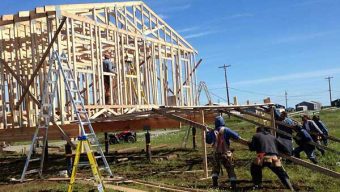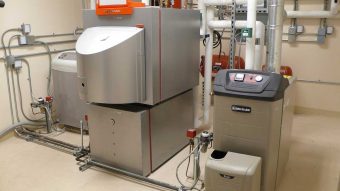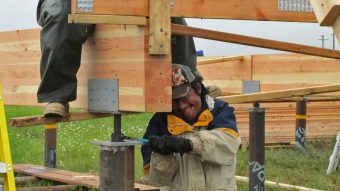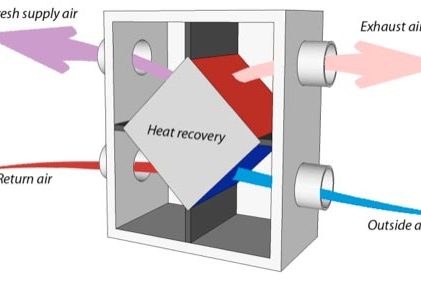Ventilation
Ventilation is critical in any climate because it replaces stale indoor air with fresh outdoor air, and flushes out potential pollutants caused by combustion appliances or offgassing materials. Ventilation is especially important in cold climates, where homes are often built tighter and allow less natural air leakage.
Ventilation also controls indoor humidity, which is created by activities like cooking, showering, and breathing. If moist air is not exhausted, it can build up to damaging levels, penetrate different parts of the home, such as the walls and roof, and potentially cause moisture problems like mold and rot.
You can add mechanical ventilation through fans, vent hoods, or with a heat-recovery ventilator (HRV), depending on the nature of the situation.
Related Resources
| Title | Resource Link |
|---|---|
| Attached Garages and Indoor Air Quality Snapshot | |
| BrHEAThe System Snapshot | |
| Department of Energy Ventilation Resources | |
| Healthy House Manual | |
| Healthy Indoor Air Snapshot 1 | |
| Healthy Indoor Air Snapshot 2 | |
| Heat Recovery Ventilators Snapshot | |
| HRV Efficiency Calculator | |
| Pollen Data in Fairbanks | |
| Sustainable Village Indoor Air Quality Survey | |
| Ventilation for Small Homes Report | |
| Ventilation for Small Homes Snapshot |
















